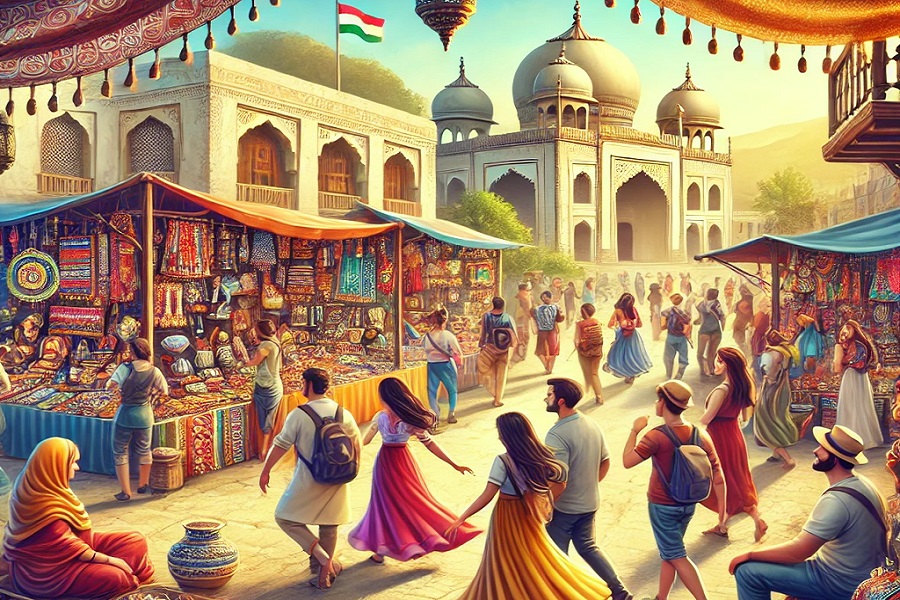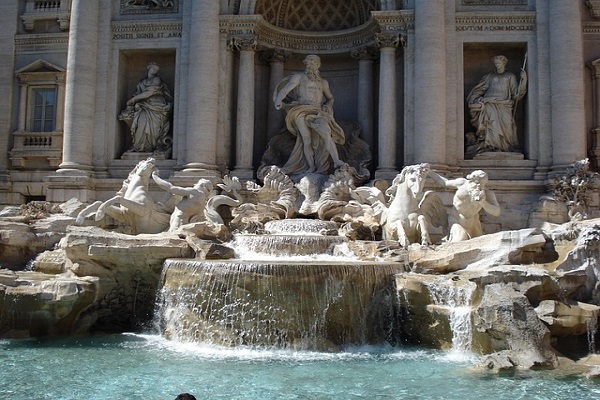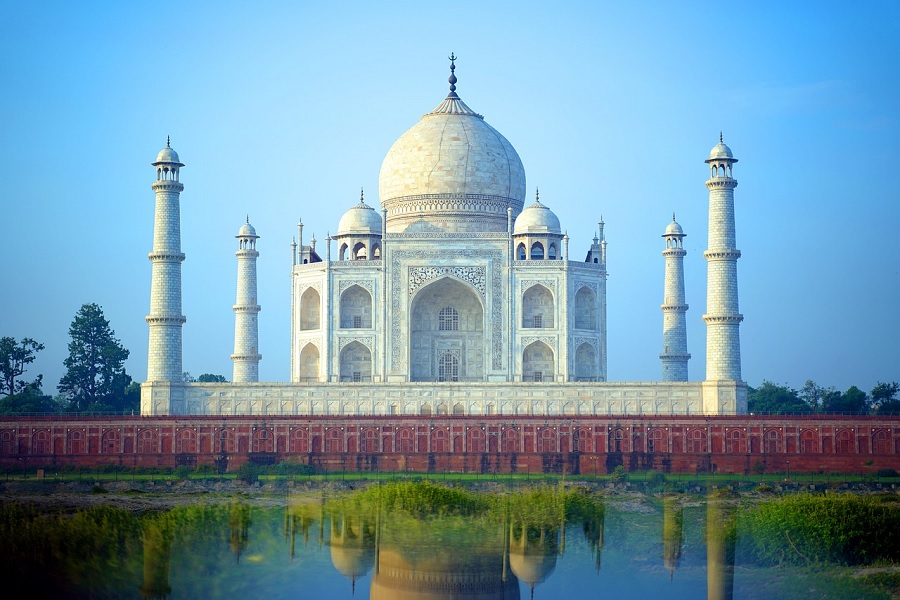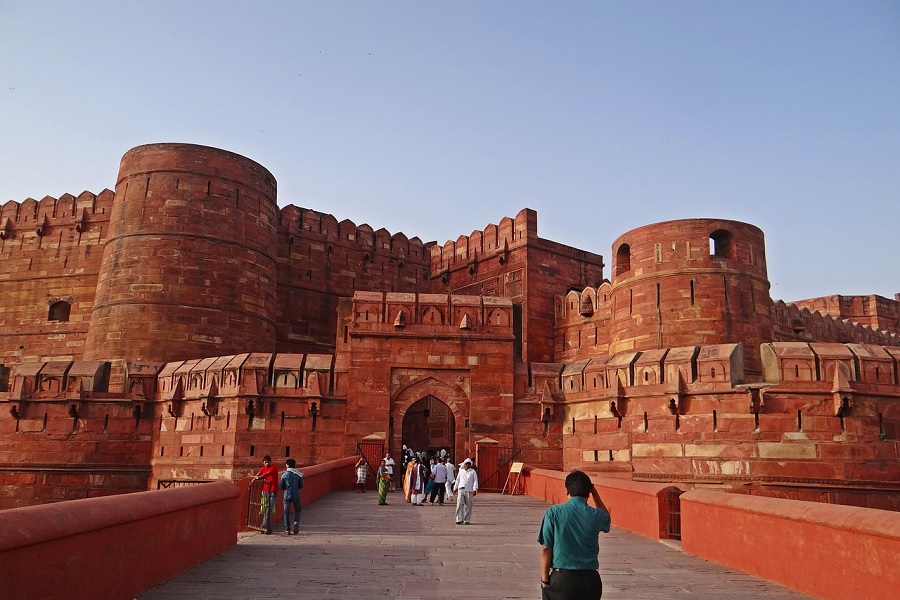Exploring Heritage, Traditions, and Authentic Experiences

Cultural tourism has emerged as one of the most enriching and fulfilling ways to explore the world. Unlike traditional tourism, which often focuses on sightseeing and relaxation, cultural tourism offers a deeper and more immersive experience. It allows travelers to connect with the local heritage, traditions, art, history, and lifestyle of a place, fostering understanding and appreciation of diverse cultures.
At its core, cultural tourism is about exploring the intangible and tangible elements of a destination’s culture. This can include everything from local festivals, music, and dance, to historical sites, architectural marvels, and regional crafts. By engaging with the culture of a place, tourists gain a deeper understanding of its identity, while also contributing to the preservation and promotion of that culture.
Key Aspects of Cultural Tourism
1. Historical and Architectural Heritage: One of the primary draws of cultural tourism is the exploration of historical landmarks and architectural wonders. These include ancient ruins, temples, castles, and monuments that provide a window into the past. Cities like Rome, Athens, Cairo, and Delhi are famous for their wealth of historical sites, offering tourists a chance to step back in time and experience the legacy of great civilizations.
2. Local Festivals and Traditions: Immersing oneself in a destination's cultural events is a highlight of cultural tourism. Festivals such as Spain's La Tomatina, India's Diwali celebrations, or Japan's cherry blossom festivals are rich in customs and rituals that reflect the uniqueness of the place. These festivals not only offer entertainment but also serve as an educational experience, teaching visitors about the local traditions, food, music, and art.
3. Art, Music, and Performing Arts: Art plays a central role in cultural tourism. Museums, galleries, and local art exhibitions provide insight into a region's artistic heritage. Music and performing arts are also vital to understanding a culture’s soul. Attending local performances such as opera in Vienna, flamenco in Spain, or the traditional dance forms of Bali can be transformative experiences.
4. Culinary Experiences: Food is an integral part of any culture. Culinary tourism is an essential component of cultural tourism, offering travelers the opportunity to savor authentic dishes that have been passed down through generations. Whether it's tasting sushi in Japan, pasta in Italy, or street food in Bangkok, the local cuisine is a reflection of the history, geography, and people of the area.
5. Crafts and Souvenirs: Many cultural tourists are drawn to local crafts and artisanal products, which serve as a tangible connection to the culture. From handmade pottery and textiles to intricate jewelry and woodwork, these items not only offer a unique souvenir but also provide insight into the skills and traditions that have been passed down within the community.
6. Sustainable and Responsible Travel: Cultural tourism emphasizes the importance of responsible travel. Tourists are encouraged to respect the traditions and customs of the places they visit, and to support local artisans and businesses. Sustainable cultural tourism also seeks to minimize the negative impact of tourism on local communities and environments, encouraging travelers to preserve and protect cultural heritage for future generations.
Benefits of Cultural Tourism
1. Promotes Cultural Exchange: Cultural tourism promotes dialogue between different cultures, fostering understanding and tolerance. When tourists engage with local customs and people, they break down stereotypes and form connections that bridge cultural divides.
2. Economic Impact: Cultural tourism contributes significantly to the local economy. It provides jobs in sectors like hospitality, transportation, and local crafts, and often supports the conservation of cultural sites and landmarks through funding from ticket sales and donations.
3. Preservation of Heritage: Tourism can play a vital role in the preservation of cultural heritage. Many historical sites, art forms, and traditions are maintained thanks to the revenue generated by cultural tourism. Additionally, tourism can raise awareness about the importance of preserving intangible cultural heritage, such as languages, folklore, and rituals.
4. Personal Enrichment: On a personal level, cultural tourism offers enriching experiences that allow travelers to broaden their perspectives. By engaging with diverse cultures, travelers can challenge their assumptions, expand their worldview, and gain a deeper appreciation for humanity’s shared history.
Popular Destinations for Cultural Tourism
* Kyoto, Japan: Famous for its temples, gardens, and traditional tea ceremonies, Kyoto offers a glimpse into Japan’s rich cultural heritage.
* Machu Picchu, Peru: One of the world’s most iconic archaeological sites, Machu Picchu attracts cultural tourists eager to explore Incan history and architecture.
* Florence, Italy: Known as the cradle of the Renaissance, Florence is a cultural hub with museums, art galleries, and historic landmarks.
* Istanbul, Turkey: A city that straddles two continents, Istanbul offers a blend of Byzantine and Ottoman architecture, as well as a rich cultural mosaic.
* Varanasi, India: One of the oldest cities in the world, Varanasi offers an intense cultural experience with its temples, ghats, and vibrant religious practices.
.jpg)























